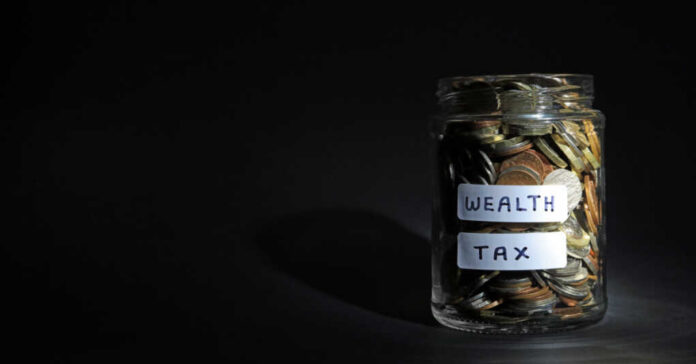
More than 30 times this year alone, President Joe Biden referred to those annoying billionaires with their laughable 8% federal income tax rate. He even managed to fit it into his State of the Union address, vowing to right those wrongs with a 25% tax rate on those whose net worth is more than $100 million. Per the administration, that shift would raise more than $360 billion in tax revenue over the next decade.
The truth is a little more complicated than the Biden administration wants Americans to believe.
While an individual’s tax rate is determined by the percentage of their income allocated to paying taxes, it isn’t as cut and dry as numbers on a paycheck. It includes contributions from the employer, such as health insurance, Social Security payments, and contributions to retirement plans. The value of these contributions reduces a person’s salary, and some economists argue that they should be counted as part of the overall income calculation.
Biden bases his broad billionaire tax rate statistics on the findings of Danny Yagan and Greg Leiserson, two White House economists. In 2021, they published a blog post estimating that if unrealized capital gains were considered income, the effective tax rate for the 400 wealthiest households would be 8.2%.
An unrealized capital gain refers to the increase in the value of an asset that an investor holds but has not yet sold. It becomes “realized” when the asset is sold. Until that moment, the asset’s gain is not recognized.
But the blog post didn’t account for unique considerations like inflation. Inflation chips away at the actual value of capital gains, affecting overall income, even though it is not considered for tax purposes. Additionally, estate taxes, designed to recoup some unrealized gains at the time of death, and corporate income taxes, frequently paid by the wealthy, were not included in the analysis. These factors contribute to a higher effective tax rate for billionaires than the 8% cited by Biden.
Robert Willens, a prominent tax and accounting expert, criticizes the use of the 8% statistic without a clear explanation of how it was calculated. Calling the claim disingenuous, he notes that it relies on an inflated definition of gross income not currently in effect.
Willens expresses concern that presenting such a figure without clarity could lead to increased criticism of wealthy taxpayers, who, according to widely cited statistics, already contribute a substantial proportion of the annual aggregate income taxes collected by the IRS.
White House spokesperson Michael Kikukawa argues that most Americans perceive a billionaire’s wealth increase as income, especially when it amounts to millions in a year. He emphasizes that economists from diverse perspectives, including the American Enterprise Institute and the Joint Committee on Taxation, agree that a person’s income is equivalent to the change in their net worth. Kikukawa defends the CEA-OMB analysis, stating that it aligns with this standard definition of effective tax rates by quantifying the income derived from unrealized capital gains.
Chris Edwards from the Cato Institute points out that no other OECD country currently imposes a general tax on unrealized gains, and the United States has never done so either. He challenges the Biden administration’s narrative by highlighting that effective tax rates, as reported by official bodies like the Treasury, consistently show higher rates at the top than at the middle and bottom. Edwards contends that the Biden administration’s creation of a new statistic, which focuses on unrealized gains, is an attempt to reshape the narrative around tax rates for the wealthy.
But does the narrative reflect reality, even without these special considerations? Evidence suggests that Biden needs more relevant information before making his erroneous claims.
The Tax Foundation found that the top 1% in 2020 contributed 42.3% of all federal income taxes, 18 times the share paid by the bottom half (2.3%). The top 10% of taxpayers covered almost three-quarters of all income taxes.
The Tax Foundation further revealed that the top 1% of taxpayers received 22.2% of taxable income and paid an average tax rate of 26.0%. In contrast, the top half of taxpayers, who received nearly 90% of taxable income, had an average tax rate of 14.8%. The bottom half, receiving 10.2% of taxable income, paid an average tax rate of 3.1%, with many paying nothing. This data indicates a significant disparity, where the top 1% received 2.2 times the income of the bottom half but paid an average income-tax rate 8.4 times higher.
But the administration is desperate to harness every possible cent from Americans to continue its wild spending spree. But the benefits of targeting wealthy Americans are twofold: not only can they rake in even more money, but they can also manufacture jealousy-inspired class warfare to divide the nation further.







